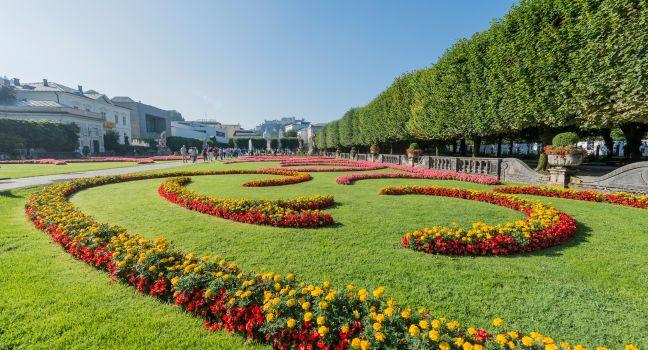Hangar-7
Red Bull founder Dietrich Mateschitz opens his fantasy toy chest for all to admire: vintage airplanes, helicopters, motorbikes, and Formula One racing cars gleam under the glass and steel of this modern multipurpose dome. The Flying Bulls, Red Bull's aerobatics experts, and their pristine fleet call this home when not circling the world on their frequent air-show tours. Watch daytime takeoffs and landings from under the shadow of a massive, silver World War II bomber at the Carpe Diem Lounge-Café or in the sunny Outdoor Lounge. The Mayday Bar is an affordable way to experience the evening atmosphere if you can't get a table at the popular Ikarus restaurant.




